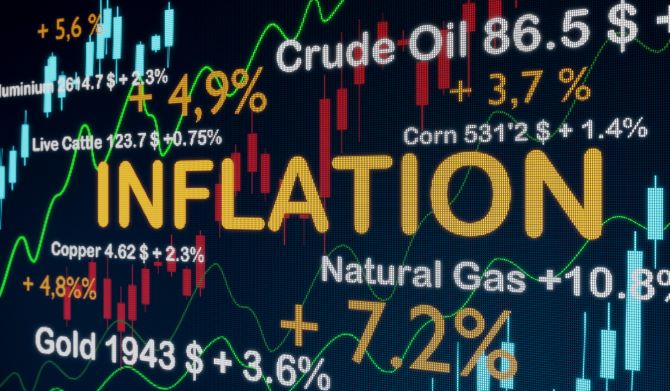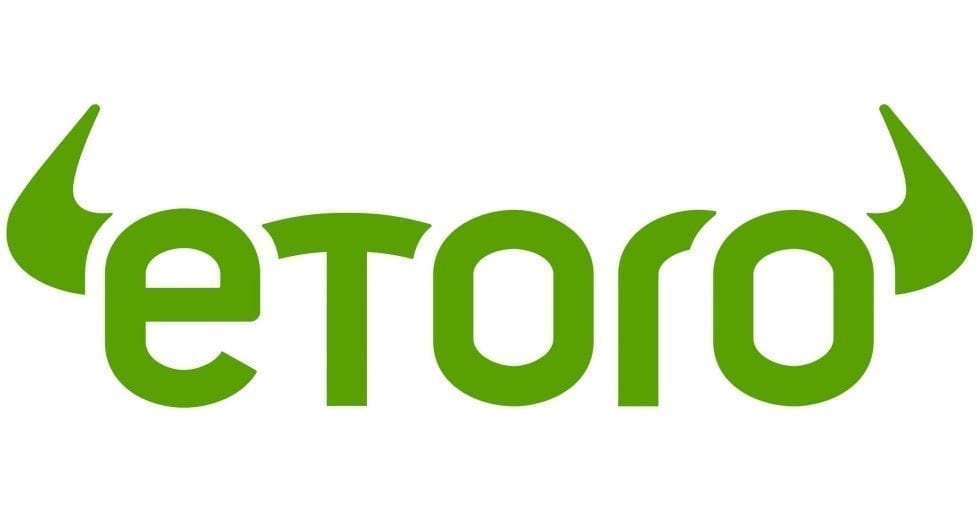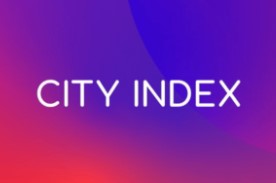What is Inflation
Inflation is arguably the most important “brick in the wall of worry” facing consumers, businesses, and investors in recent years. Economists would define inflation as “a steady increase in the overall price of both goods and services in an economy over a period of time.”
Businesses will spot increasing prices in the things they need to operate and consumers will spot increasing prices in the things they need in their lives before economists get around to measuring inflation.
An inflation measure allows all affected to track inflation for signs it is going up too far and too fast. The most common measure is the Consumer Price Index (CPI). The CPI is like a giant shopping basket filled with the most common things consumers buy, like rent, food, transportation and clothes. Here in Australia the ABS (Australian Bureau of Statistics) tracks the basket, comparing current prices to previous prices and then calculating the rate of change – The basket is reviewed regularly to make changes based on consumer spending habits, so things like VCRs, DVDs, and cassettes have been replaced by smartphones, ride-sharing and streaming services, and other contemporary products and services.
For businesses, the measure is the Producer Price Index (PPI) which tracks the rising cost of goods at wholesale, typically the prices paid by manufacturers and service providers for the goods they need to create end products for consumers or other businesses.
Top Australian Brokers
- Pepperstone - Trading education - Read our review
- IC Markets - Experienced and highly regulated - Read our review
- eToro - Social and copy trading platform - Read our review
At the consumer level, without concurrent wage inflation to keep up with a rising CPI, consumers have less purchasing power for what they need. At the business level, a rising PPI will cut into the profit margins they need to stay in business.
Types of Inflation
There are different types of inflation represented by the root causes of the inflation.
Cost Push Inflation
When the cost of doing business for producers rises, the increase is typically “pushed” onto end-users of the product or service – the consumer or another business.
Demand Pull Inflation
When demand for product or service exceeds supply, producers begin to charge more for available supply.
Wage Price Spiral
When inflation begins to heat up, consumers put pressure on employers for higher wages to increase their purchasing power. The pressure put on producers to protect profit margins in the face of rising wages will force them to rise prices, with the cycle then spiraling back to the consumer.
Money Supply
When there is more money floating around in the economy, the purchasing power of each individual dollar declines if the quantity of goods and services remains the same instead of increasing with the money supply.
The COVID 19 pandemic plunged the world into a perfect storm of inflationary pressures. With producing facilities and their supply chains dwindled from lockdowns, the demand for transportation and other supply chain infrastructure needs increased while the supply went down.
Governments the world over pumped money into the pockets of consumers to shield their economies from total collapse, leaving some consumers with more money to spend than in their pre-COVID condition, exploding demand for products now suffering from supply chain induced shortages.
Controlling Inflation
While both governments and Central Banks play a role, the principal means of controlling inflation is monetary policy set by a country’s Central Bank.
Interest Rate Hikes
When consumer and business spending begins to dwarf investment, inflation takes hold. The principal tool used by Central Banks everywhere is interest rate hikes. Raising interest rates makes it more expensive to borrow money to spend while at the same time making investment more attractive. The process takes a “trickle down” effect, with higher rates imposed on commercial banks leading to higher borrowing costs for both businesses and consumers.
Reducing the Money Supply
Central banks everywhere sell fixed income government securities to fund government operations. US government T-Bills (treasury bills), with Treasury notes (T-Notes) being the most similar Australian government security.
Governments buy and hold their own securities to lower long-term interest rates and to stimulate spending and investment. To curb the money supply to attack inflation governments can sell government securities they own.
Fiscal Policy
Governments can attack demand by reducing spending or increasing taxes, with the expectation lowering overall demand will lower inflation.
Supply Side Enhancements
Inflation results from imbalances between economic demand and supply. As a long-term solution to enhance short-term measures like raising interest rates, governments can invest in infrastructure improvements to enhance the supply side. Pushing increased competition and other means of reducing production costs will benefit suppliers over time.
Why Investors Should Care About Inflation
Investors do best in growing economies, regardless of the type of investment. High inflation is a growth killer on a macroeconomic scale and a returns killer for investors.
Regardless of what is in your portfolio – bonds, savings accounts, or stocks – the “nominal” value of your portfolio returns is reduced by the rate of inflation. A nominal return is the percentage increase in dollars your portfolio has earned. Nominal returns do not account for typical adjustments such as taxes, fees, and the returns killer — inflation. Many investors adjust their returns by taxes and investing fees but ignore inflation.
If your nominal rate of returns is 6% and inflation is running at 2.5% your real return drops to 3.5%. If your rate of return after adjustments is 5% your real return drops to 2.5%. If inflation jumps to 4% and you have savings and other fixed income accounts earning 3.25%, you are losing money.
Many of the projected growth rates for individual stocks and business sectors investors find on financial websites are created by analysts using the present value of future earnings, a complicated mathematical formula to determine the value of money today against the same amount of money at a specified time in the future. Inflation upsets the equation, reducing the purchasing power of future cash flows resulting in a projection for future dollars to be worth less than current dollars.
Inflation has a different impact by asset class. Hard assets like real estate and commodities, along with US Treasury Inflation-Protected Securities (TIPS) –Treasury Indexed Bonds (TIBs) in Australia — . are more inflation-resistant than any form of fixed income investments along with growth stocks in equity markets.
In equity markets, moving from growth stocks to value stocks can be an option in high-inflationary environments. Value stocks with strong cash flows have the pricing power to control inflation producing cost of goods increases. Investors flock to growth stocks for higher future growth projections which can be eroded by inflation.
investors need to be particularly mindful of cash and fixed-income assets, and growth stocks, as these asset classes are typically the most vulnerable to the negative impacts of rising inflation.
High inflation is a scourge on both business profits and consumer wallets. Inflation comes when rising costs experienced by product and service producers are passed along to consumers in the form of higher prices. When the phrase “too much money chasing too few goods” takes place in an economy, high inflation is sure to follow.
Central Banks can fight inflation by raising interest rates while governments can reduce the money supply, reduce spending, or increase taxes.
Investors should worry about inflation since it not only negatively impacts their daily lives but also their ability to invest for the future. Fixed income investments and investments in growth stocks are highly likely to see a decline in the real rate of return over time. Some asset classes, like real estate and commodities along with government issued inflation protected notes and bonds are more inflation resistant.






